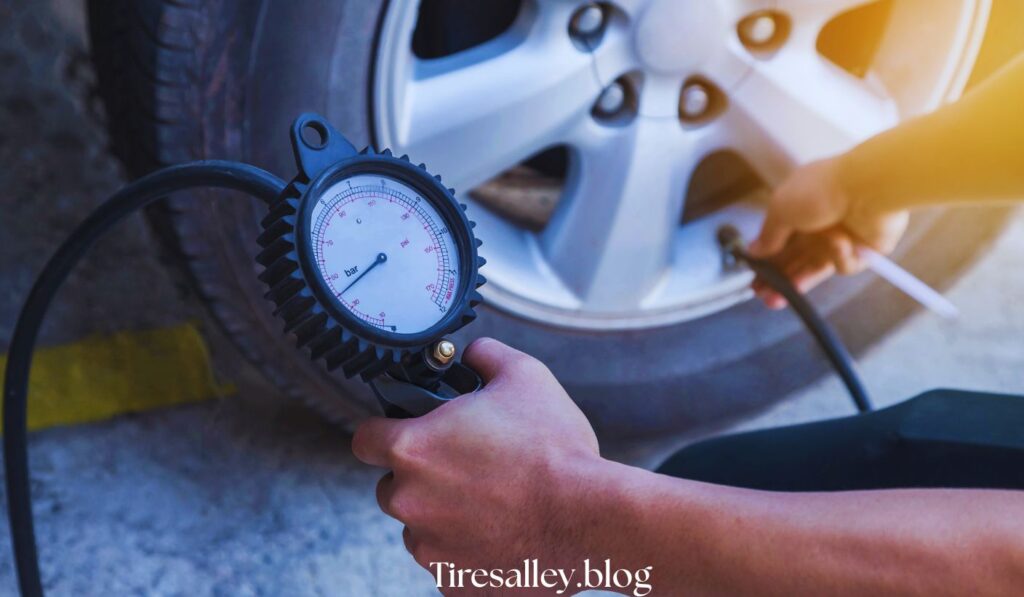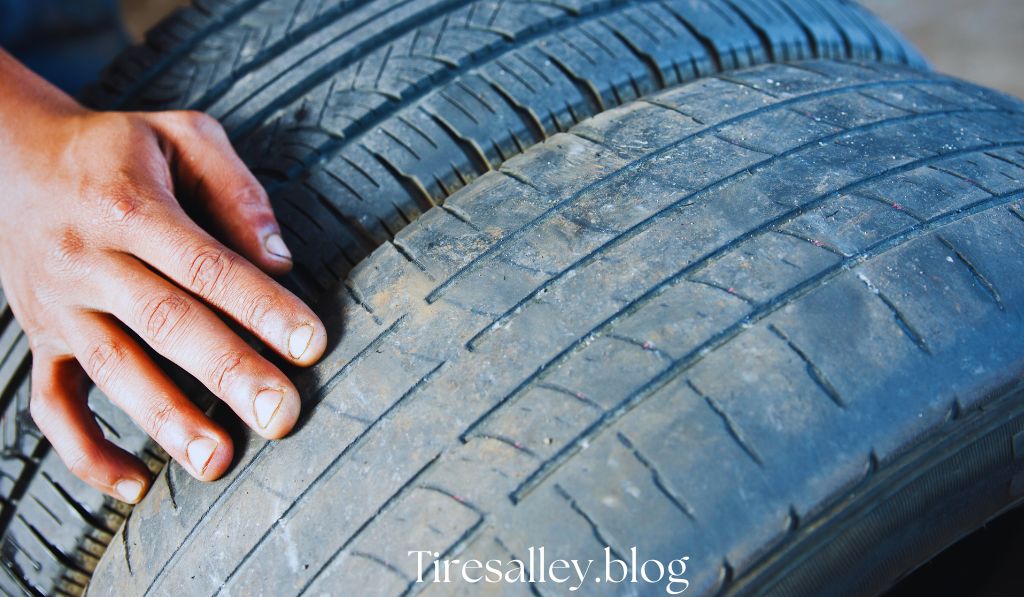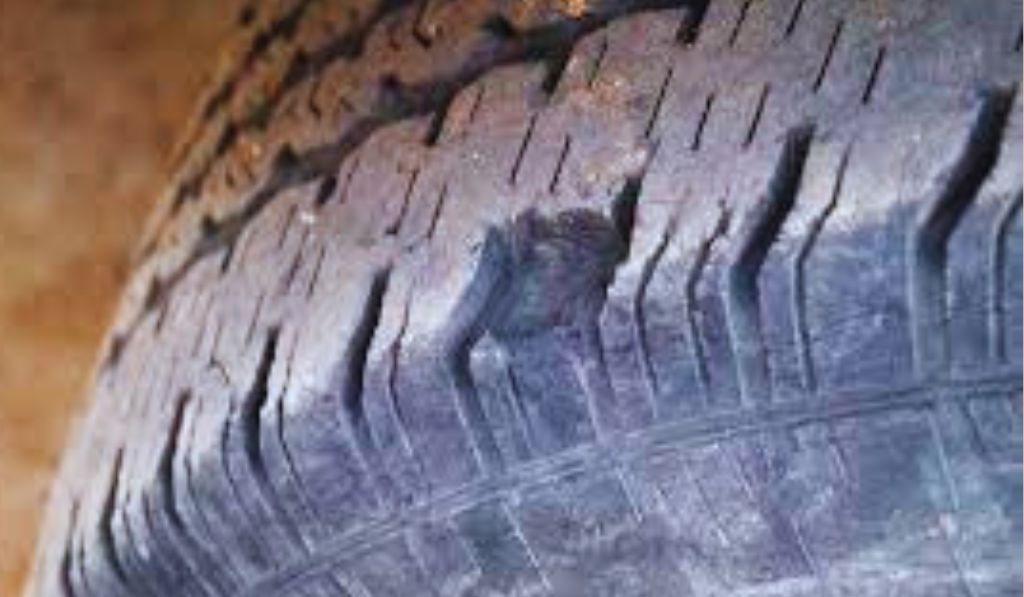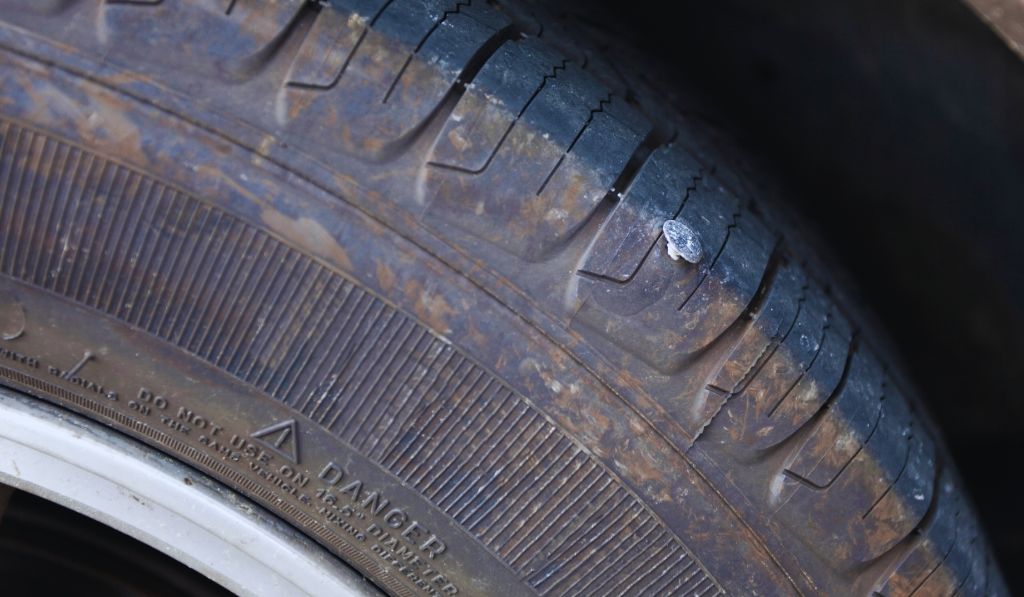How to Deflate a Bike Tire Properly: Complete Guide
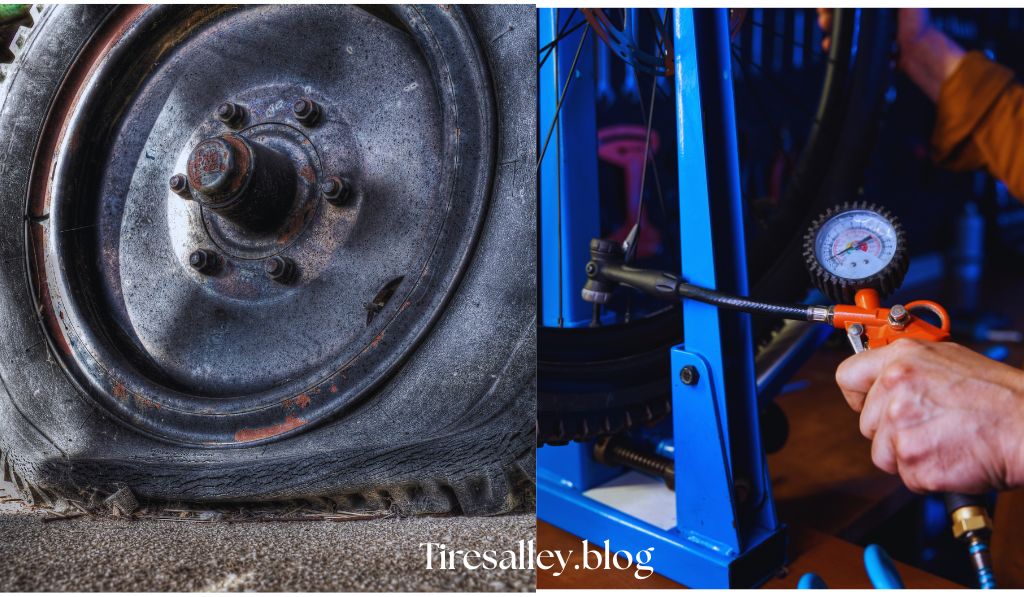
Introduction
If you ever need to repair a flat, change the tube, move your bike or adjust the air in your tires, you should learn to do it correctly.
On the one hand, it’s not complicated, but screwing up could cause damage to the tire, valve or rim, especially for people just starting.
This guide will help you safely deflate both Presta and Schrader-valve bike tires, provide the tools you’ll need and teach you how to prevent common flaws.
What Situations Convince You to Deflate a Bike Tire?
There are some useful reasons you might want to release air from your bike tires.
- Fixing or changing an inner tube
- Putting on a new tire
- Setting tire pressure depending on what you’re driving on
- Sealing up or shipping the bicycle
- How to fix problems with valves
- Putting the bike in the car
It’s important to safely deflate your bike tire, as this stops your wheel from being damaged.
Types of Bike Valves: Know Before You Start
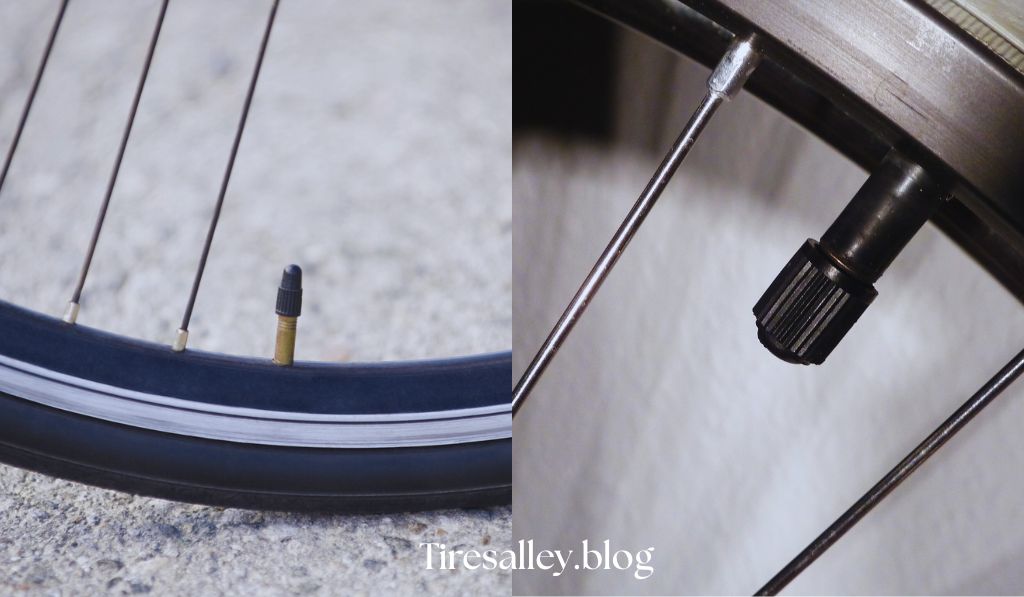
Knowing which type of valve is on your bike is important before you start. There are in fact two major types of earthquakes.
1. Schrader Valve is a different name for the Standard Valve.
- This feature is standard on mountain bikes and hybrid bikes.
- Seems to be the same as a car tire valve.
- Inside the valve is a spring-loaded pin.
2. Those are called Presta Valves, also known as Skinny Valves.
- Mountain bikes at the higher end and most road bikes have these systems.
- Holes in Fisher-Price valves are less wide than Schrader valves.
- Requires that a small locking nut be undone and air is released through the valve.
The type of valve tells you which way you should release the air.
How to Reduce Air Pressure in a Bike Tire Using a Schrader Valve
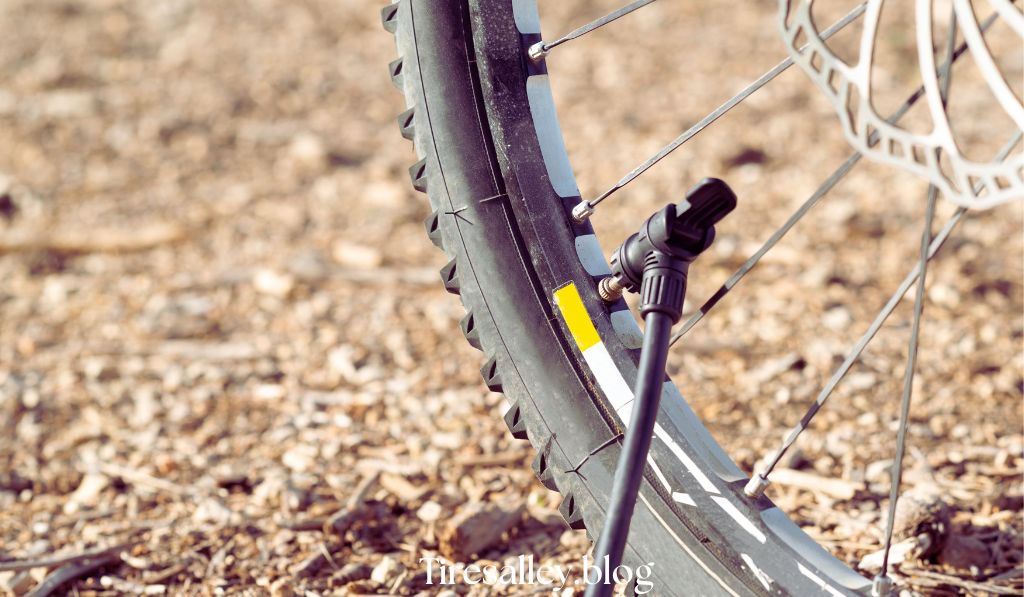
It is by far the most commonly used and simple valve.
All of these project ideas require some specific supplies.
- A small screwdriver or you can use your finger
- Take off the valve cap (when one is used)
Steps:
- Unscrew the cap on top of the valve.
Open the screw and set it somewhere you will remember.
- Push the pin located inside the valve.
You can press down on the pin in the valve with a small tool, the tip of a pen or your finger.
- Let the air out gradually while sleeping.
Press the pin and wait for a hissing sound that comes as air comes out. Reduce or increase pressure a bit at a time, rather than letting all the air go out when you need to change it.
- Vent the Tires Another Time (If Necessary)
Press down constantly until the air movement stops. Press lightly on the tire to help get out any air that remains.
- Replace the valve cap with another one.
When you are ready, use the screwdriver to put the valve cap back on and shut off dust entry.
How to Deflate a Bike Tire with a Presta Valve
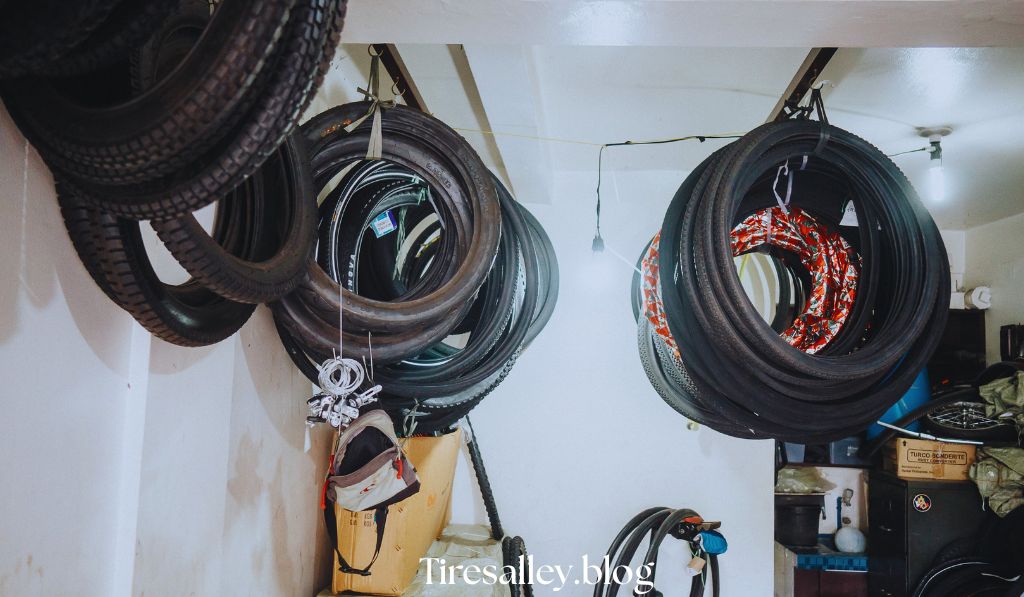
Presta valves call for a different type of technique.
Things You Will Use:
You can use your fingers or just a small tool in most cases.
Steps:
- Pull the valve cap off the vehicle’s fuel tank until it’s removed.
Before tossing, take the cap off and save it.
- Turn the Lock Nut to loosen it.
At the top of the valve, use your fingers to turn the small brass nut counterclockwise, until it is easy to remove.
- Touch the Valve to Release Air
Lightly press on the little knob on the valve stem. The air will start hissing as you breathe out.
- Make the air escape out slowly.
If you’re only focused on the pressure, release the air in mild increments. If air has to come out completely, try pressing and squeezing the tire as you go to make it come off faster.
- Close the Nut and Put the Cap on
When it’s flatter, re-tighten the nut and make sure you screw the cap in place again.
Steps for Patdown a Tubeless Bike Tire
You’ll often find tubeless tires on mountain bikes and you should be careful when lowering tire pressure.
Steps:
- Turn the valve (Schrader or Presta) so it is not closed anymore.
- If the valve has a core, push it; if there is a tip, press your thumb on it.
- Omitting the sidewalls of the tire will create a faster release of air.
- Don’t remove all the air or else the seal will be broken, so save this step until you remove the tire.
Simple Ways to Be Safe During Deflation
- Don’t push the core with sharp objects or you may harm the valve.
- Before and after you deflate your tires, check their pressure with a gauge.
- When the terrain is rough, release a bit of PSI, take a ride and test it out.
- Deflate the tires only when you’re in a clean, dry area.
Things to Remember Not to Do
- If you fail to tighten the Presta nut once you’ve deflated the tire, you might have slow leaks.
- Before completely deflating your tire, it’s best not to remove it, as it might damage the rim or tube.
- If you do not replace valve caps, dirt and debris will get in which can result in blockages.
- You could bend Presta valves if you’re not careful when tightening them.
Should I replace my tires or should I just let some air out?
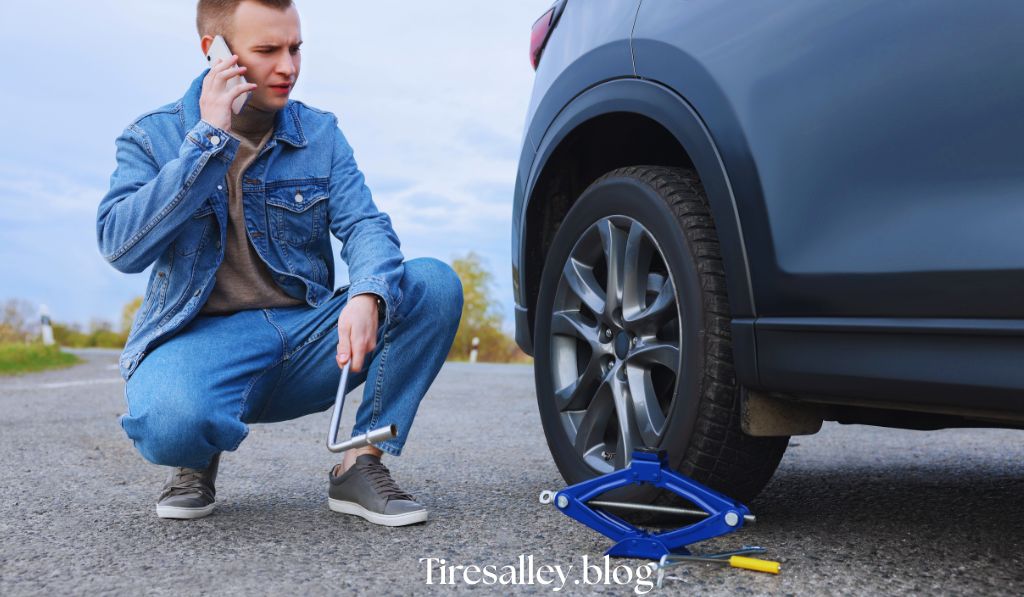
Not all the time does deflation do the trick. If any of these signs occur, you’ll probably need to replace the tube or tire.
- Sharp cuts or pattern that has been rubbed away
- Regular small damage on o-rings
- A valve that air leaks from all of the time
- The sidewalls are cracking or starting to bulge
Important FAQs About Deflating Your Bike Tires
How much time do I need to deflate a bike tire?
Usually, you need 10 to 30 seconds to release the air, depending on the amount and kind of valve.
Is it possible to break the valve while finishing the deflation process?
Yes, when you work with sharp or unsuitable tools. Make sure you use your fingers or a blunt pencil tip.
Is it necessary to lower the tire pressure before boarding a plane?
Because of the reduced air pressure at high altitude, most airlines ask for the tires to be deflated.
Is there any risk in letting tires deflate and staying that way?
If you’re putting the bike away for a long period, it’s fine to leave the tires a little flatter. Keep all your tires at the right air pressure when you use them regularly.
The next time you need to deflate a motorcycle tire—whether or not for a repair, terrain adjustment, or transportation—you may have the expertise and self assurance to attain this efficiently.
Conclusion
Knowing how to get air out of your bike tires is easy and very important.Ensuring you do things properly when you change a tube, move your bicycle or tweak the pressure keeps your gear safe and helps you remain safe.
Always check the type of valve on your tire, release air slowly and avoid damaging the bike’s pieces. It doesn’t take long to get used to deflating your bike tire, making sure your next bike trip is easy and enjoyable.

